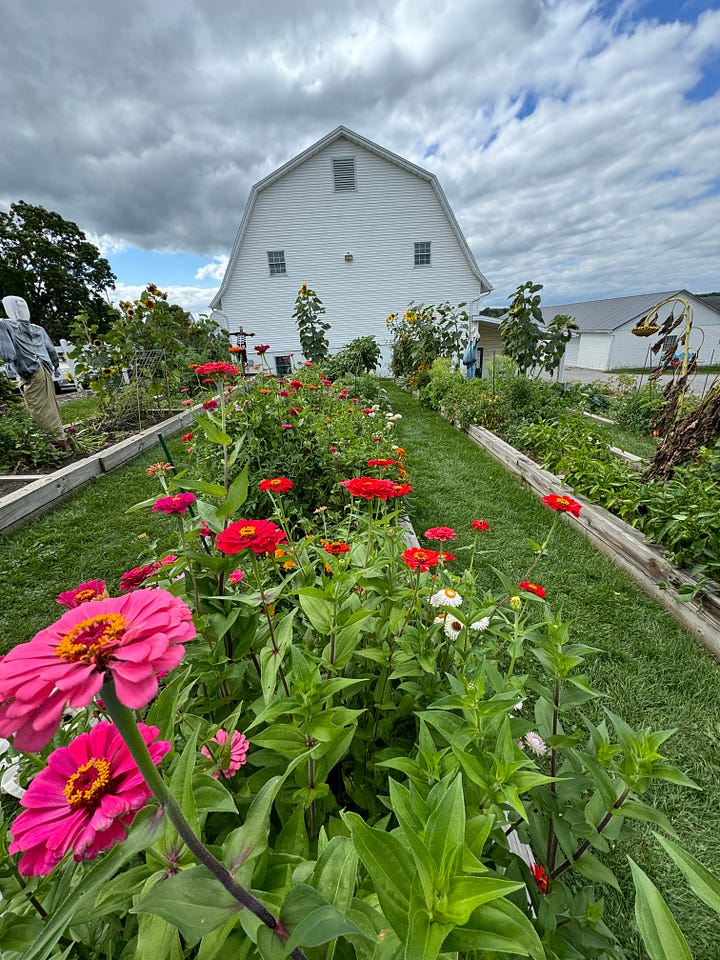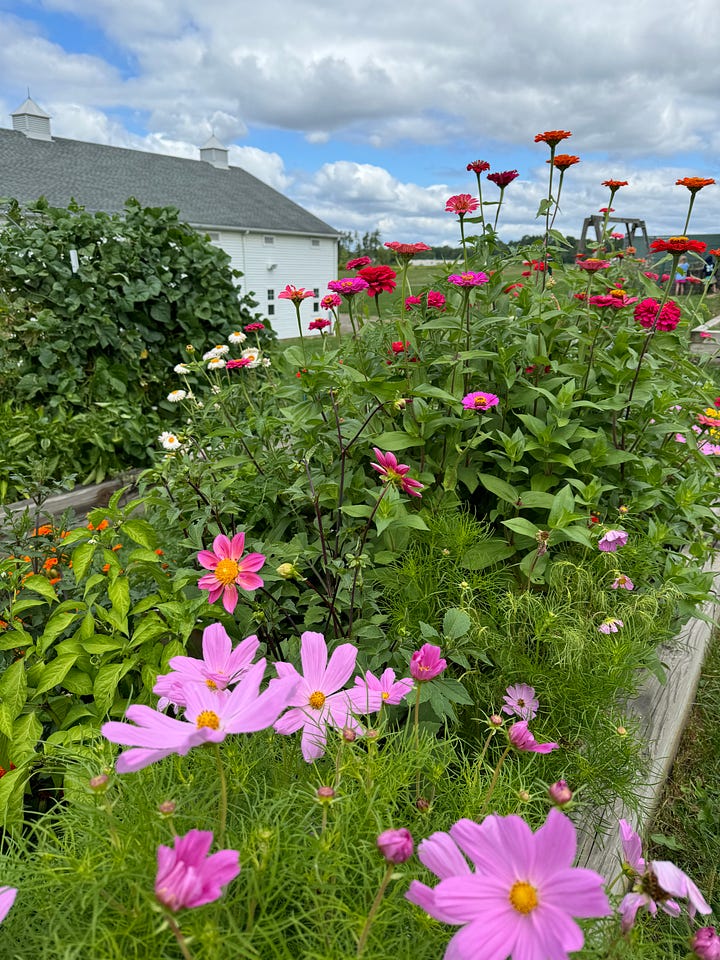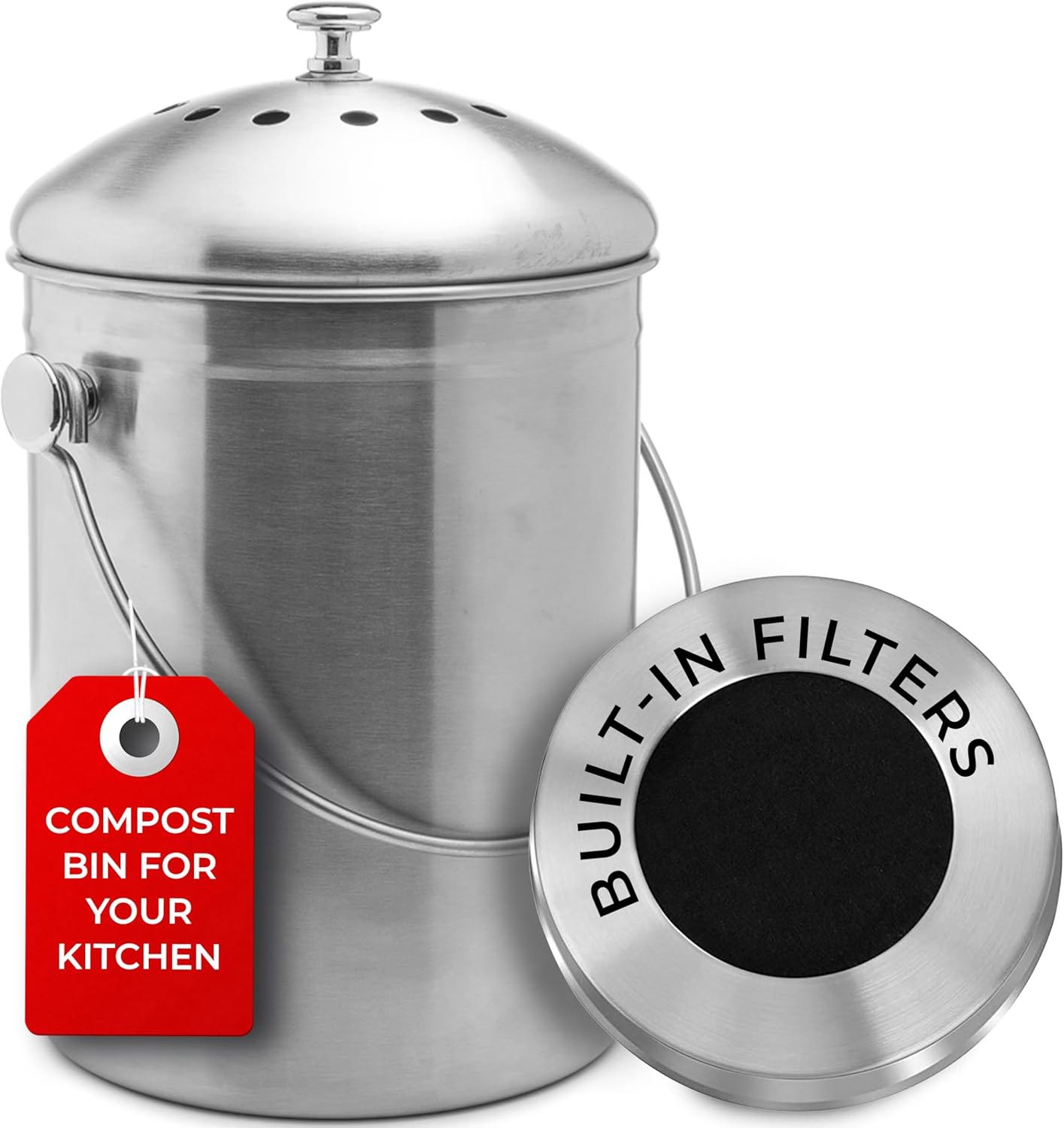Victory Gardens Then & Now: How WWII Gardening Tactics Apply to Urban Growers Today
As we approach the last frost date, urban gardeners are gearing up for a season of fresh food and self-sufficiency. But did you know that many of the strategies we use today mirror those of the Victory Garden movement from World War II?
With just eight weeks before planting time, let’s explore how the lessons from Victory Gardens can help modern urban gardeners maximize their space, grow resilient crops, and build community through gardening.
The Victory Garden Movement: A Brief History
During World War II, food shortages and rationing led governments to encourage citizens to grow their own produce. Victory Gardens sprung up in backyards, parks, and vacant lots, producing nearly 40% of the fresh vegetables consumed in the U.S. by 1944.
City dwellers, despite space limitations, found creative ways to garden. Rooftops, balconies, and even window boxes became essential growing spaces. Sound familiar? Much like today’s urban gardening movement, Victory Gardens were about resilience, sustainability, and community support.
How Urban Gardening Today Reflects the Victory Garden Ethos
Fast forward to today, and while food shortages may not be as pressing, urban gardeners are embracing many of the same principles for different reasons: rising food costs, a desire for fresh and organic produce, and the environmental benefits of homegrown food.
1. Maximizing Small Spaces
Then: WWII gardeners grew food wherever they could: vacant lots, city rooftops, and shared garden spaces.
Now: Urban gardeners use vertical gardening, container gardening, and hydroponics to maximize limited space.
What to do now, 8 weeks before your last frost:
-
Plan your layout. Sketch out how you can optimize every inch of your garden, whether it’s a balcony, raised bed, or a collection of pots. (Or let me plan our your garden, find a plan: here)
-
Choose compact, high-yield plants. Leafy greens, dwarf tomato varieties, and climbing plants like peas are ideal for small spaces.
-
Start seeds indoors. Just as Victory Gardeners prepped their seedlings before the season, you should begin planting tomatoes, peppers, and herbs indoors now.
2. Focus on High-Nutrient, High-Yield Crops
Then: Victory Gardens prioritized crops that provided essential nutrients, such as carrots, cabbage, and beans.
Now: Urban gardeners still benefit from growing calorie- and nutrient-dense plants like leafy greens, root vegetables, and legumes.
What to do now, 8 weeks before your last frost:
-
Select powerhouse crops. Kale, Swiss chard, radishes, and peas can be started soon for an early harvest.
-
Succession planting strategy. Plan for continuous harvesting by scheduling staggered plantings every couple of weeks.
3. Community & Shared Gardening
Then: Victory Gardens were a collective effort, with communities banding together to share knowledge, tools, and land.
Now: Community gardens, seed swaps, and online gardening groups bring people together for the same purpose, growing and sharing food.
What to do now, 8 weeks before your last frost:
-
Find a gardening community. Whether it’s a local group or an online forum, engaging with other gardeners can provide valuable insights. (Hello Substack friends!) I am also part of our local Metropark’s garden program. I love being able to talk to other people who love to grow flowers and veggies and have a plot of land at the community farm.
-
Swap seeds. If you haven’t secured all your seeds yet, now is the perfect time to participate in a seed swap to expand your plant varieties. Check out Facebook for local seed swap events.
4. Sustainability & Self-Sufficiency
Then: Victory Gardeners preserved food through canning, drying, and fermenting to make it last through the winter.
Now: Urban gardeners embrace sustainability through composting, water conservation, and preserving harvests.
What to do now, 8 weeks before your last frost:
-
Start a compost system. Even in small spaces, worm bins can reduce waste and enrich your soil.
-
Collect rainwater. If permitted in your area, set up a small rain collection system now to prepare for summer watering.
-
Learn food preservation techniques. Research quick pickling, fermenting, or freezing methods for when your harvest begins.
5. Government & Institutional Support for Home Gardening
Then: Governments actively promoted and supported Victory Gardens through educational materials and incentives.
Now: While not as widespread, urban farming incentives, grants, and local gardening initiatives are increasing. Some cities even offer financial support for community gardens or discounted composting programs.
What to do now, 8 weeks before your last frost:
-
Check for local urban gardening incentives. Some cities provide free compost, soil testing, or funding for community garden projects.
-
Stay informed on urban gardening policies. Understanding city regulations on raised beds, rainwater collection, and composting can help you maximize your gardening efforts.
Bringing the Victory Garden Spirit to Your Urban Garden
The Victory Garden movement was a response to crisis, but its lessons are timeless. By maximizing space, growing nutrient-dense crops, building community, and practicing sustainability, today’s urban gardeners continue the legacy of resilience and self-sufficiency.
With just eight weeks before your last frost, now is the perfect time to channel the Victory Garden spirit into your modern urban garden. Whether you’re starting seeds indoors, planning your space, or connecting with other gardeners, every step brings you closer to a thriving spring harvest.
Are you starting your urban garden with a Victory Garden mindset? Share your plans in the comments!
xo, Lisa



